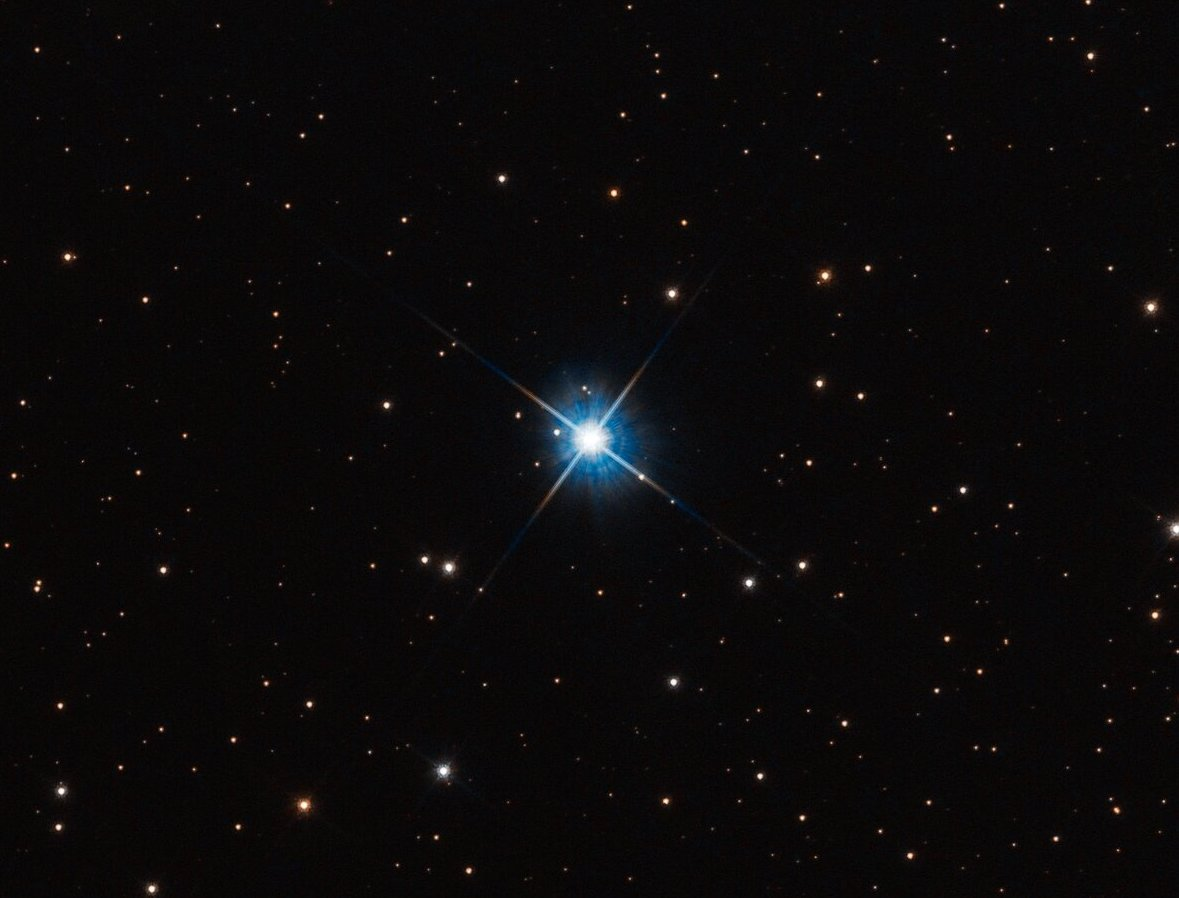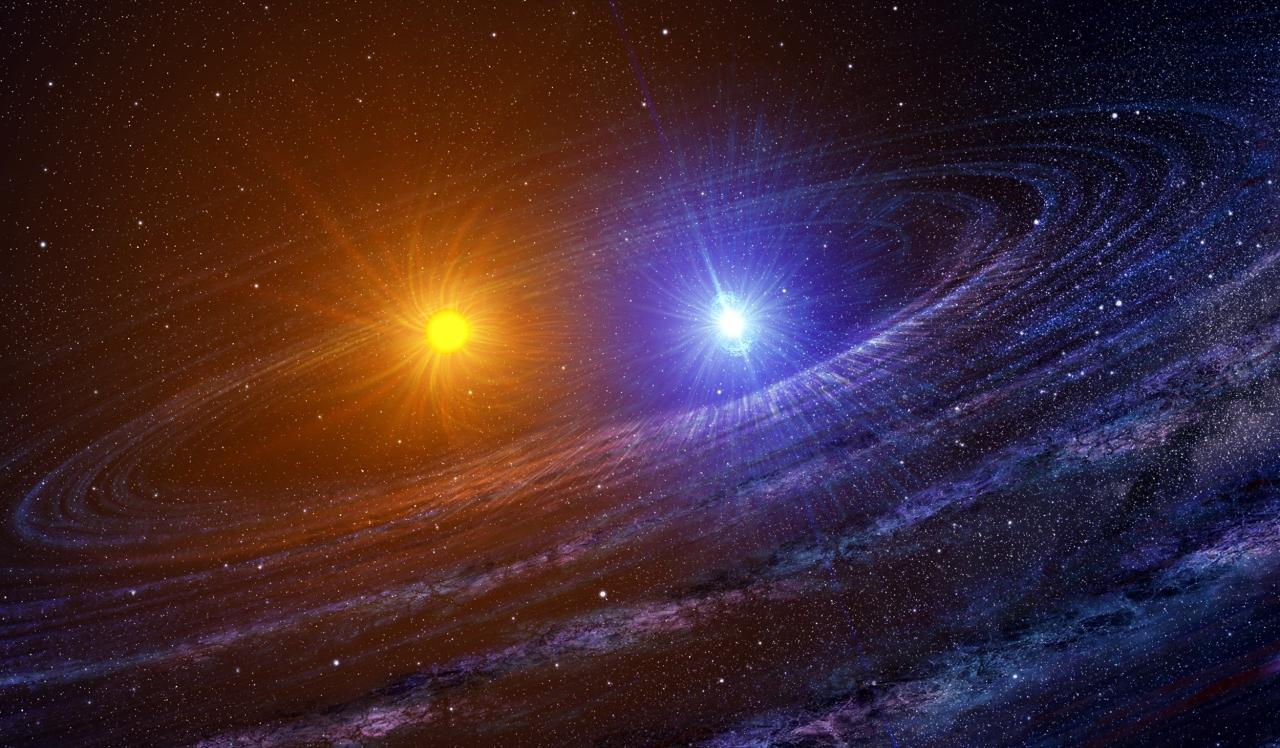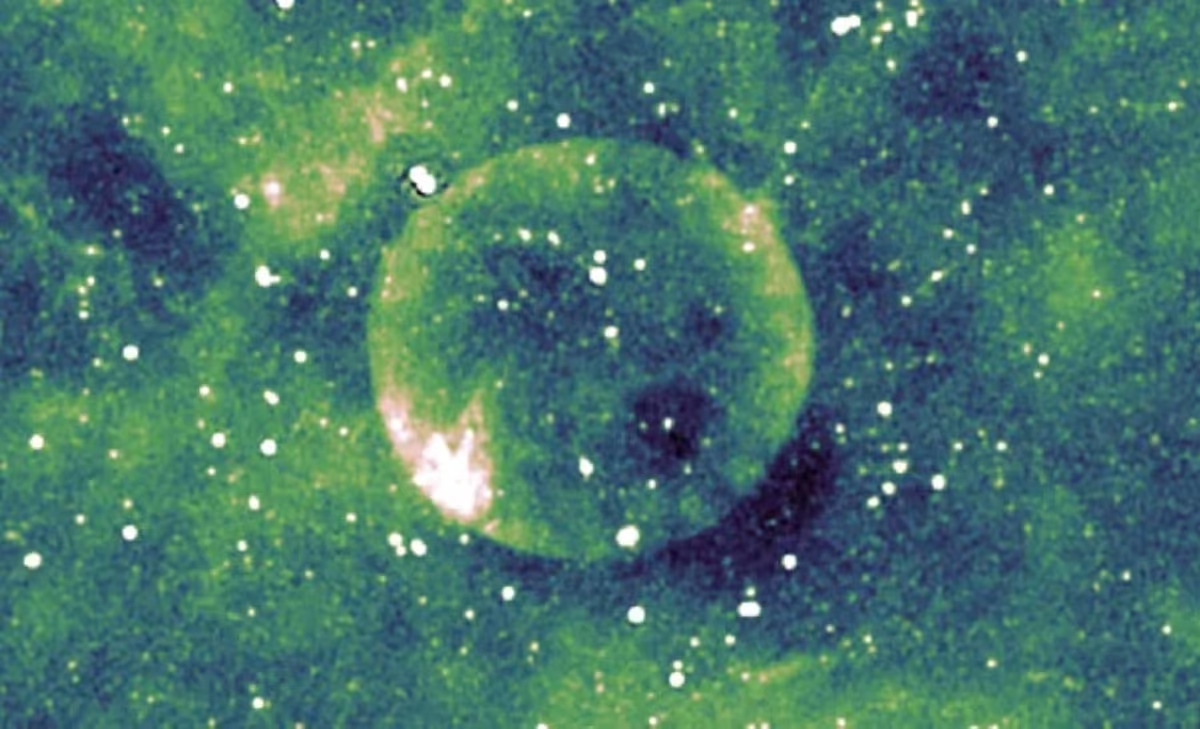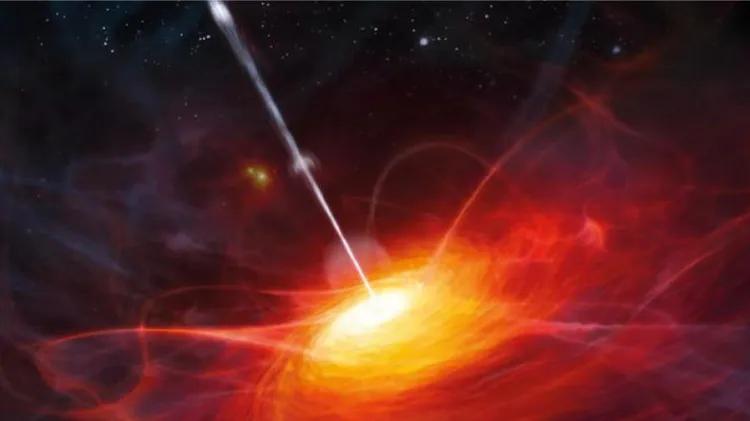innovuscollege.com – The life cycle of a star begins in a stellar nebula, a vast and mysterious cloud of gas and dust that forms the foundation for the creation of stars. A stellar nebula, often referred to simply as a “nebula,” is the first stage in a star’s long and fascinating journey. This article will explore the stellar nebula in detail, examining its role in star formation, its characteristics, and its place in the broader context of the stellar life cycle.
What is a Stellar Nebula?
A stellar nebula is a dense, cold, and sprawling cloud of interstellar gas and dust particles that exists in space. These clouds are primarily composed of hydrogen (the most abundant element in the universe), helium, and trace amounts of heavier elements. Nebulae can range in size from a few light-years to hundreds of light-years across, and they may appear as dark or glowing regions in space, depending on their composition and how they interact with light from nearby stars.
There are two types of nebulae that play a role in star formation:
- Emission Nebulae: These are bright and colorful clouds of gas, where ultraviolet light from nearby young, hot stars ionizes the surrounding hydrogen gas, causing it to emit visible light. A well-known example of an emission nebula is the Orion Nebula (M42), which is a region of active star formation.
- Dark Nebulae: These are dense, opaque clouds that block the light from stars or other nebulae behind them. Although dark nebulae are not as visually striking as emission nebulae, they are equally important as the birthplace of new stars, as their dense regions provide the necessary conditions for the formation of stars.
The Role of Stellar Nebulae in Star Formation
Stellar nebulae are not just beautiful objects in the night sky—they are the birthplaces of stars. Here’s a step-by-step breakdown of how stars begin their life cycle within these vast clouds of gas and dust:
- Gravitational Collapse:
A nebula remains stable for a long time, but it can eventually undergo a process of collapse. This collapse is typically triggered by some external event, such as the shockwave from a nearby supernova or the interaction with another nebula. The gravitational pull within the nebula causes the gas and dust particles to attract one another, which initiates the process of contraction. As the material contracts, it begins to heat up and form dense clumps or regions of higher density, known as protostar cores. - Formation of Protostars:
As the collapsing material in the nebula gets denser, it starts to form protostars—young, forming stars that are still in the early stages of development. At this point, the core of the protostar is not yet hot enough for nuclear fusion to occur, but the gravitational energy from the collapsing material heats up the core. The surrounding gas and dust create a cocoon-like envelope around the protostar, which is often visible as a dark or semi-transparent cloud. - Turbulence and Fragmentation:
As the nebula continues to collapse, turbulence within the cloud can cause the gas and dust to fragment into smaller pieces. This fragmentation can lead to the formation of multiple protostars within a single stellar nebula. These protostars are gravitationally bound together, forming star clusters. Star clusters are often born in regions of high-density molecular clouds, which can contain hundreds to thousands of stars. - The Onset of Nuclear Fusion:
Eventually, when the core of a protostar reaches temperatures and pressures sufficient for nuclear fusion (around 10 million K or 18 million °F), hydrogen atoms begin to fuse into helium, releasing large amounts of energy. This marks the transition from a protostar to a main sequence star, which is the next phase in the life cycle of a star.
Stellar Nebulae and Star Cluster Formation
In many cases, stellar nebulae are not just the birthplaces of individual stars but also star clusters. These clusters consist of many stars that form together from the same nebula. Since all the stars in a cluster form from the same cloud of gas and dust, they tend to have similar ages and chemical compositions.
Star clusters can be classified into two types:
- Open Clusters: These are relatively small, loose collections of stars, often containing fewer than a few hundred members. Open clusters are commonly found in the disk of the Milky Way galaxy, and examples include the Pleiades and the Hyades star clusters.
- Globular Clusters: These are much older, tightly bound collections of thousands to millions of stars. They are typically found in the outer regions of galaxies. Unlike open clusters, globular clusters are much more spherical in shape and have a much higher concentration of stars toward their centers. Messier 13 (the Hercules Cluster) is a well-known example of a globular cluster.
The Fate of a Stellar Nebula
A stellar nebula’s life is relatively short-lived compared to the stars it produces. As stars form within a nebula, the intense radiation and stellar winds from the newly formed stars begin to disperse the surrounding gas and dust, eventually clearing out the nebula. The once-dense cloud becomes less prominent as it dissipates, leaving behind new stars, star clusters, and sometimes remnants of gas that may form new generations of stars.
The Importance of Stellar Nebulae in the Universe
Stellar nebulae are not just important for star formation; they also play a crucial role in the chemical evolution of the universe. Through the process of nuclear fusion, stars produce heavier elements like carbon, oxygen, and iron, which are essential for life as we know it. When stars die—whether in supernova explosions or by shedding their outer layers—they release these elements back into space, enriching the surrounding nebulae. This process, known as stellar nucleosynthesis, ensures that the material in future nebulae is richer in heavier elements, allowing the formation of more complex stars, planets, and potentially life itself.
Conclusion
The stellar nebula is the birthplace of stars and the first stage in the remarkable life cycle of a star. From the initial gravitational collapse to the formation of protostars and the eventual birth of new stars, nebulae are the foundation for all star formation. They not only produce the stars that light up the universe but also contribute to the creation of the elements that make up the planets and life in the cosmos.
Understanding stellar nebulae and their role in star formation helps us appreciate the dynamic processes that shape our universe. Each star in the night sky, including our own Sun, once had its origins in the vast, mysterious clouds of gas and dust known as stellar nebulae.





